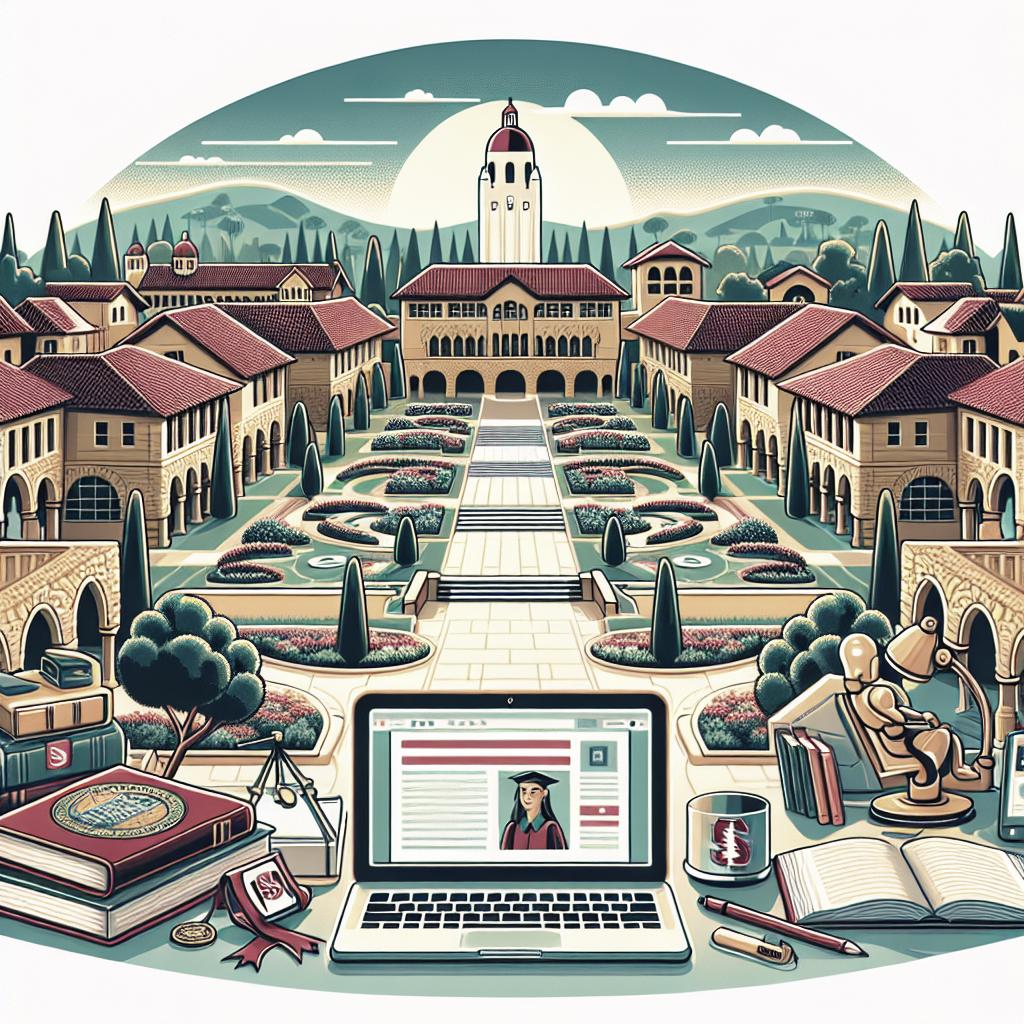“`html
The Great Gatsby and The Illusion of the American Dream
“The Great Gatsby,” authored by F. Scott Fitzgerald, stands as a poignant critique of the American Dream, reflecting how the noble ideals of freedom and prosperity were, in reality, distorted during the Roaring Twenties. In this article, we explore the novel’s portrayal of the American Dream through its characters, setting, and overarching themes. While the dream promises success and happiness, Fitzgerald reveals its darker side—a world where wealth and status often mask emptiness and moral decay. We will examine how the aspirations of characters like Jay Gatsby and Daisy Buchanan embody the contradictions of the dream. The narrative’s cultural context further underscores how materialism overshadowed genuine fulfillment. Ultimately, this exploration seeks to unravel the complex legacy of the American Dream within Fitzgerald’s masterpiece, shedding light on timeless questions about purpose and identity in a shifting society.
The Illusion of Success in the Roaring Twenties
The 1920s, often referred to as the Roaring Twenties, was a decade marked by significant social changes, economic prosperity, and cultural upheaval in America. This period, coming right after World War I, symbolized a time of materialism and carefree lifestyles. People were seemingly living the American Dream, accessible through hard work, yet cloaked in a haze of decadence and moral ambiguity. In “The Great Gatsby,” F. Scott Fitzgerald offers a vivid portrayal of this era through the extravagant parties and opulent lifestyles of his characters, most notably Jay Gatsby himself.
Gatsby’s lavish gatherings are often mistaken for the embodiment of the American Dream. However, they serve as a façade, masking his deep-seated loneliness and desperation for acceptance and love. The novel illustrates how the quest for material success leads to the erosion of personal integrity and values. Despite his immense wealth, Gatsby is not genuinely respected by his peers and fails to achieve the love of Daisy Buchanan he so desperately seeks, revealing the hollow pursuit of wealth for happiness.
The Characters: Embodiments of the Dream
Jay Gatsby is the most direct representation of the American Dream in the novel. Born James Gatz to impoverished farmers, his transformation into the wealthy Gatsby is a testament to self-made success. Despite this, Gatsby is haunted by his past and his unfulfilled desire for Daisy. His tragic flaw lies in his belief that money can turn back time and reclaim a lost love. Gatsby’s relentless pursuit underscores the tragic illusion that wealth equates to personal happiness and fulfillment.
Daisy Buchanan, on the other hand, symbolizes the corrupt aspect of the American Dream. She is beautiful, wealthy, and from an esteemed family background, representing the ultimate prize within the dream. However, Daisy’s character is hollow and hedonistic, valuing status over genuine emotional connections. Her choices reflect the moral bankruptcy of the elite class—prioritizing comfort and security over love and kindness—demonstrating how the dream’s promises can lead to emptiness.
The Setting as a Reflection of the American Dream
East Egg and West Egg serve as critical settings that reflect the social divide inherent in the American Dream. East Egg represents the established aristocracy, people like Tom and Daisy Buchanan, who have inherited their wealth, making them detached and elitist. This represents a stagnant, superficial slice of society, clinging to tradition and privilege without questioning their values or contributions to society at large.
West Egg, in contrast, is home to the nouveau riche, including Jay Gatsby. It typifies the self-made success story intrinsic to the American Dream. Yet, it is perceived as lacking the refinement and permanence of East Egg’s old money. The geographical symbolism underscores a significant theme of the novel—the inherent instability of the dream and how the pursuit of wealth separates rather than unites, ultimately offering only a fragile illusion of prosperity and happiness.
Thematic Exploration of Materialism and Moral Decay
Materialism is a central theme in “The Great Gatsby,” highlighting how the relentless pursuit of wealth can corrupt personal integrity. Fitzgerald captures this through the moral decay and superficiality displayed by his characters, who frequent Gatsby’s parties as a spectacle rather than a home. The hedonistic lifestyle is a critique of a society that celebrates excess and consumerism, overshadowing significant human values like loyalty and love.
The novel suggests that the American Dream, once characterized by boundless opportunities, has succumbed to material obsession. This obsession is destructive, leading not only to Gatsby’s fall but also to the overall dissatisfaction and unhappiness of the other characters. The irony lies in the emptiness that accompanies their attained desires, illuminating the paradox of wealth as both a symbol of success and an agent of moral compromise.
Symbolism in the Pursuit of Dreams
Fitzgerald uses symbolism throughout “The Great Gatsby” to convey the dream’s illusory nature. The green light at the end of Daisy’s dock epitomizes Gatsby’s ultimate goal—an ever-distant hope. It signifies the unattainable nature of his dream, one that retreats as he draws near. This powerful image encapsulates the perpetual struggle and ultimate futility of attaining the desires promised by the American Dream.
Furthermore, the novel’s frequent references to the Valley of Ashes, a desolate wasteland between West Egg and New York City, symbolize the moral and social decay resulting from the uninhibited pursuit of wealth. It serves as a stark contrast to the glamorous façades surrounding it, reminding readers of the dark, hollow core beneath the glittering surface of the 1920s.
Timeless Questions about Identity and Purpose
“The Great Gatsby” poses timeless questions about identity and purpose in the face of an ever-evolving societal landscape. The characters’ struggles with their desires and realities highlight the inherent conflict between true self-fulfillment and the socially-constructed ideals of success. Nick Carraway, the narrator, ultimately finds himself disillusioned by the East Coast lifestyle, returning to the Midwest in search of genuine values.
The novel challenges readers to reflect on their own aspirations, questioning whether the pursuit of wealth and status can truly equate to happiness and a meaningful life. As we navigate contemporary socio-economic challenges, Fitzgerald’s narrative remains a poignant reminder of the complexities entwined in achieving the dream and the fundamental human quest for identity and fulfillment beyond material measures.
Final Thoughts
F. Scott Fitzgerald’s “The Great Gatsby” offers a multifaceted discourse on the American Dream, revealing its alluring yet ultimately tragic pursuit. Through rich symbolism, complex characters, and a vivid depiction of the Roaring Twenties, the novel amplifies the sense of disillusionment surrounding the idealistic promise of success and happiness. It serves as a timeless meditation on the complexities of striving for ambition without losing sight of personal integrity and human connections.
| Aspect | Description |
|---|---|
| Characters | Jay Gatsby and Daisy Buchanan epitomize the paradoxes and corruptions of the American Dream. |
| Setting | East Egg and West Egg highlight the social divide and fragility within the pursuit of the dream. |
| Themes | Materialism and moral decay symbolize the decline from meaningful aspiration to vapid excess. |
| Symbolism | The green light and the Valley of Ashes portray the elusive and sometimes destructive nature of dreams. |
| Modern Reflection | Prompts readers to contemplate contemporary pursuits of wealth and identity, questioning their true essence. |
“`


